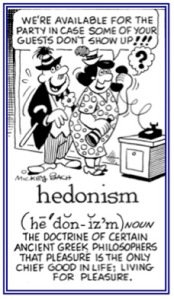“Virtually Unhappy”: Poster Presentation at Digital Consumption Symposium, Cass Business School, City University London
Download/View: poster
Virtually Unhappy: How Probability Neglect in Social Comparison Biases Judgments of Satisfaction with Life on Facebook
 Dr. Mudra Mukesh
Dr. Mudra Mukesh
Marketing, Events and Tourism
University of Greenwich
London
Dr. Dilney Goncalves
Marketing Department
IE Business School – IE University
Madrid
Dr. Margarita Mayo
Department of Organizational Behviour
IE Business School-IE University
Madrid
Abstract
With the advent of social networking sites, unprecedented social influence has pervaded our daily lives. Across two studies we show that even though people feel more satisfied with their lives when they view recently added friends on Facebook, reading friends’ posts on Facebook makes them feel less satisfied with their lives. This occurs since the more Facebook friends people have, the more ostentatious information they see. Further, because people fail to draw a connection between the number of friends and the amount of ostentatious information they see on Facebook, they experience a drop in their life satisfaction. We also show that this decrease in life satisfaction is mediated by feelings of envy.
The contribution of this article is twofold. First, we show how ignoring the probability of available information used to make social comparisons can impact the outcome of those comparisons. In doing so, this research brings to light the representativeness of the information that engenders social comparison and represents one of the first studies to focus on the nature of informational cues people use to make social comparisons. Secondly, from a practical viewpoint, the context of the study – Facebook – provides an extremely relevant setting in which to examine this relationship. Contrary to conventional wisdom and literature, our research proposes and shows that having a large number of friends on social networking sites may be detrimental to the well-being of users as it can generate envy. With more than 1.13 billion daily active Facebook users (Facebook, 2016), this research has clear implications for the life satisfaction of millions.










